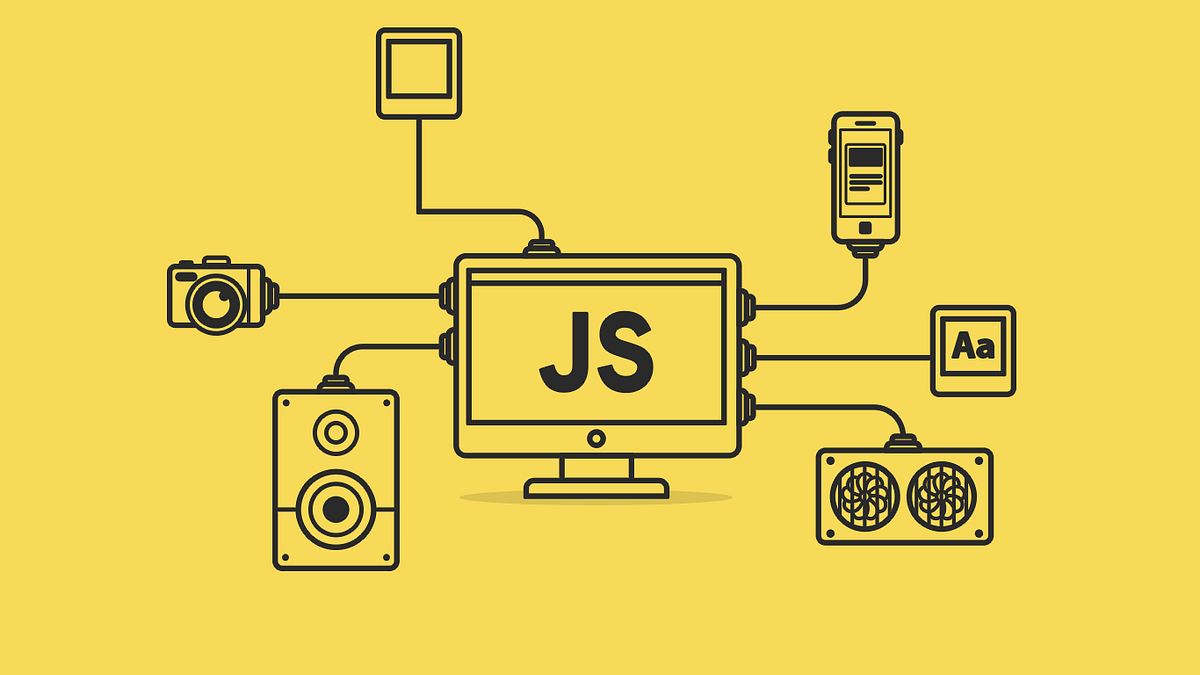Introduction:
JavaScript is the backbone of modern web development, empowering developers to create dynamic, interactive, and engaging web applications. Whether you're a novice looking to dive into programming or an experienced developer aiming to expand your skillset, understanding JavaScript is essential. This comprehensive guide offers a structured learning path to help you navigate the intricacies of JavaScript, from the fundamentals to advanced concepts.
- Getting Started with JavaScript:
- Understanding the role of JavaScript certification in web development
- Setting up your development environment (text editors, browsers, etc.)
- Writing your first JavaScript code: variables, data types, and basic syntax
- Introduction to control flow: loops and conditional statements
- Exploring functions and their role in JavaScript programming
- Deep Dive into JavaScript Fundamentals:
- Understanding the Document Object Model (DOM) and its relationship with JavaScript
- Manipulating DOM elements: selecting, modifying, and creating elements dynamically
- Handling events: responding to user actions with event listeners
- Working with arrays and objects: essential data structures in JavaScript
- Exploring scope and closures: understanding variable visibility and function scope
- Intermediate JavaScript Concepts:
- Mastering ES6 features: arrow functions, template literals, destructuring, and more
- Exploring asynchronous JavaScript: promises, async/await, and callbacks
- Working with APIs: fetching data from external sources using fetch() and XMLHttpRequest
- Introduction to modular JavaScript: organizing code with modules and imports
- Error handling and debugging techniques: identifying and resolving common JavaScript errors
- Advanced JavaScript Topics:
- Understanding functional programming concepts: higher-order functions, immutability, and pure functions
- Exploring object-oriented programming (OOP) in JavaScript: classes, inheritance, and prototypes
- Optimizing JavaScript performance: minimizing load times and improving efficiency
- Exploring modern JavaScript frameworks and libraries: React, Angular, Vue.js, etc.
- Dive into Node.js and server-side JavaScript: building scalable web applications with JavaScript on the backend
- Practical Projects and Real-World Applications:
- Building a simple to-do list application with vanilla JavaScript
- Creating interactive forms with validation using JavaScript
- Developing a weather application using a third-party API
- Building a dynamic web page with DOM manipulation and event handling
- Exploring advanced projects like a chat application or a content management system (CMS)
- Resources for Continued Learning:
- Recommended books, online courses, and tutorials for furthering your JavaScript skills
- Exploring developer communities and forums for networking and support
- Contributing to open-source projects to gain real-world experience
- Keeping up with JavaScript trends and updates through blogs, podcasts, and newsletters
- Leveraging tools and resources for code optimization, testing, and deployment
Conclusion:
Mastering JavaScript is a journey that requires dedication, practice, and continuous learning. By following this comprehensive learning path, you'll build a solid foundation in JavaScript programming and gain the skills needed to develop powerful web applications. Whether you're aiming to become a front-end developer, a full-stack engineer, or simply want to expand your programming repertoire, JavaScript is an indispensable tool in your toolkit. So, roll up your sleeves, dive in, and embark on your journey to JavaScript mastery





Comments